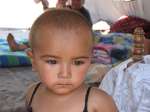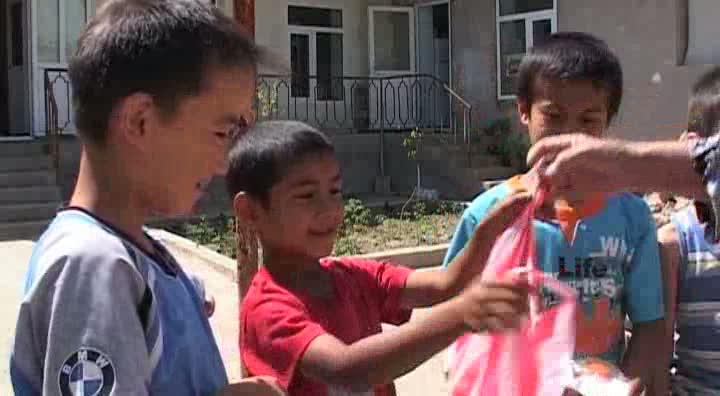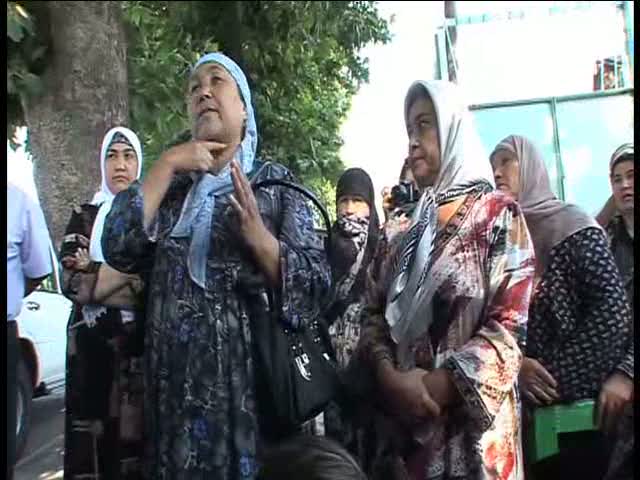- Text size
 |
|  |
|  |
| 
- Français
75,000 people still displaced in southern Kyrgyzstan, one month on
Briefing Notes, 16 July 2010
This is a summary of what was said by UNHCR spokesperson Melissa Fleming – to whom quoted text may be attributed – at the press briefing, on 16 July 2010, at the Palais des Nations in Geneva.
A month after the crisis in southern Kyrgyzstan, UNHCR estimates that some 75,000 people there are still displaced. Thousands continue to be affected by uncertain security, problems arising from the wide loss of personal documents, and a shortage of shelter.
In Osh and Jalalabad the situation is calm, but there are nonetheless scores of police check-points, and the two cities remain under night-time curfew. This in turn is presenting difficulties for people without personal papers, and there are frequent allegations of police harassment.
Over the past weeks, UNHCR and its partners have been carrying out monitoring and shelter surveys, interviewing thousands of people. At the peak of this crisis we estimated that 400,000 people were affected. Today, the number of displaced persons still requiring help with shelter is 75,000 – this includes people either afraid to return or unable to do so because their homes have been destroyed.
The loss of personal papers – for example, birth certificates, passports, ID cards, and documents showing legal ownership of land or houses – is proving to be debilitating. In Furkat district of Osh, UNHCR staff saw a family of 12 persons who had lost their entire paperwork while fleeing their home in the early morning of 11th June. With nothing to confirm their identities they face problems even in applying for new papers. Such problems are widespread.
UNHCR and its NGO partners are visiting communities to counsel people on their rights and on procedures for restoring documentation. We are also discussing with the State Registration Service ways to enhance capacity to reissue documents, such as establishing mobile teams to visit affected communities.
With shelter needs, most people are hoping to rehabilitate their own homes. Skills exist in the community to do this, but the amount of work is substantial and assistance from the Government and the international community is vital.
UNHCR has agreed with the authorities to immediately start rehabilitation and reconstruction of some 550 houses – 500 in Jalalabad and 50 in the Madi and Aravan districts of Osh province. UNHCR is supporting construction of two warm rooms of up to 50 square metres for families whose houses were recently damaged or destroyed. The aim is to have this work done before the onset of winter.











































